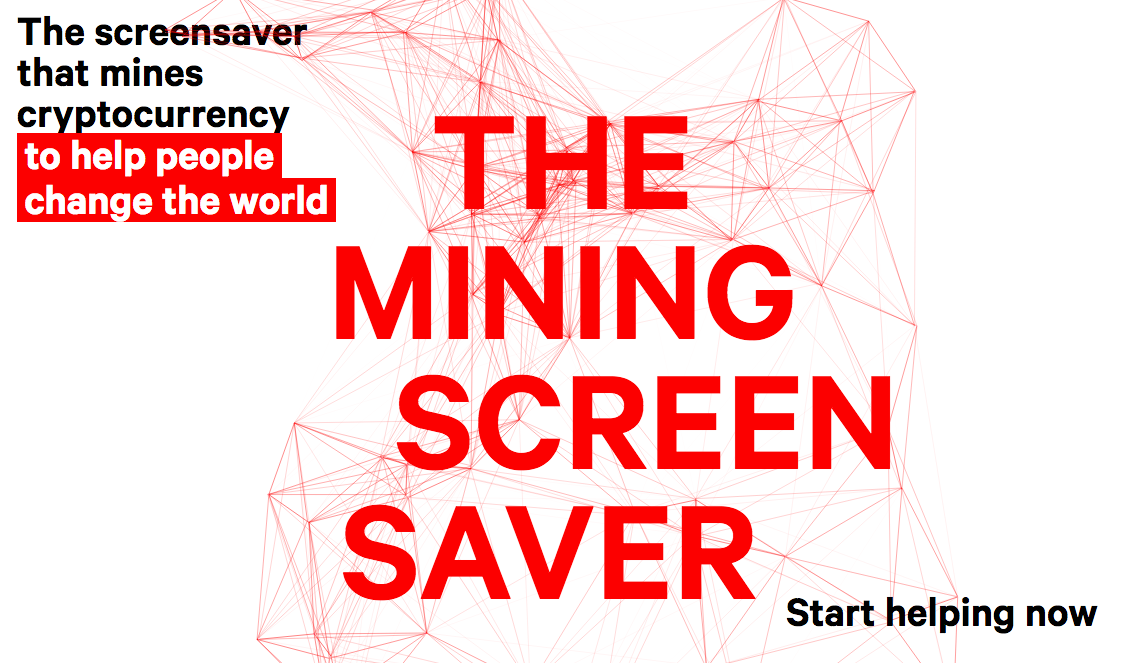I’m sure anyone who owned a computer in the 1990s spent much longer than expected messing around with the various screensavers and settings on their PCs. In hindsight, this seems a somewhat redundant activity since screensavers were only active then you weren’t actually at the computer.
In any case, the screensaver has somewhat died away in recent years, mostly due to people shifting their computing activities to other devices, but also due to the rise of power save modes and faster boot up times. However, one group believes the screensaver could make a comeback, and this time with a charitable edge.
Make Money For Charity By Doing Nothing
The Change.org Foundation was released a new screensaver which allows inactive users to mine cryptocurrency for their organisation. Dubbed The Mining Screensaver, the idea is rather simple, both in in theory and practise. When your computer detects you’ve been away for a set period of time, it starts mining the cryptocurrency Monero. Every time a computer with the screensaver completes a transaction, it generates a small fraction of the virtual currency, which is directly donated to Change.org. These virtual cryptocurrencies can then be exchanged for real cash or for various services.
Using the screensaver seems fairly straight forward. All a potential user and donor needs to do is download the app and install it like normal. Currently, The Mining Screensaver is only available for Apple computers.
Cryptocurrency mining has become a relatively hot topic in recent years, with many seeing the rise of virtual economies as beneficial to the NGO and charitable sector. Not only can they use the technology to raise funds, but the blockchain technology behind cryptocurrencies can also promote transparency as well as communitarian and collaborative action.
However, there is a rather large downside of cryptocurrency mining. Cryptocurrencies are generated when a computer completes various equations and validates transactions – processes which require electricity. To mine cryptocurrencies in any significant amount or efficiency, large mining farms are required featuring rows upon rows of mining computers. The power footprint for these endeavours is massive – with global cryptocurrency mining often outstripping the power needs of medium sized nations.
Some innovative solutions have been posed to this problem, but it still persists on a large scale and is only expected to grow in the next few years. In reality, The Mining Screensaver initiative is unlikely to contribute greatly to this problem, and does at least provide a positive outcome for this expenditure of power. Despite this, there may be some – more ecologically minded – critics out there who’d suggest if computer users want to help save the world, the easiest thing they can do it turn off their computers when not using them.






